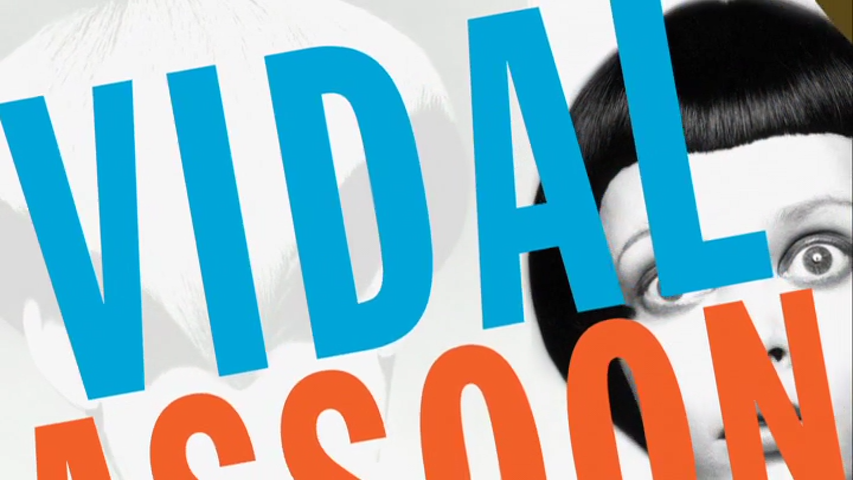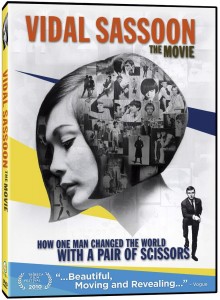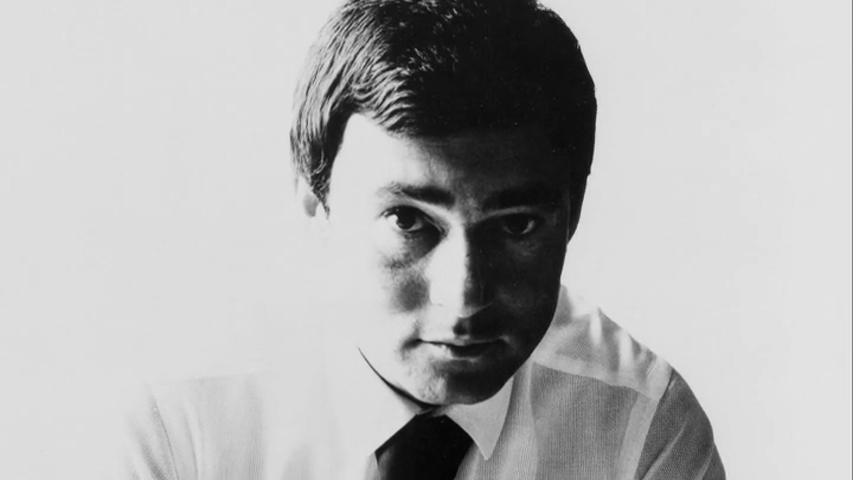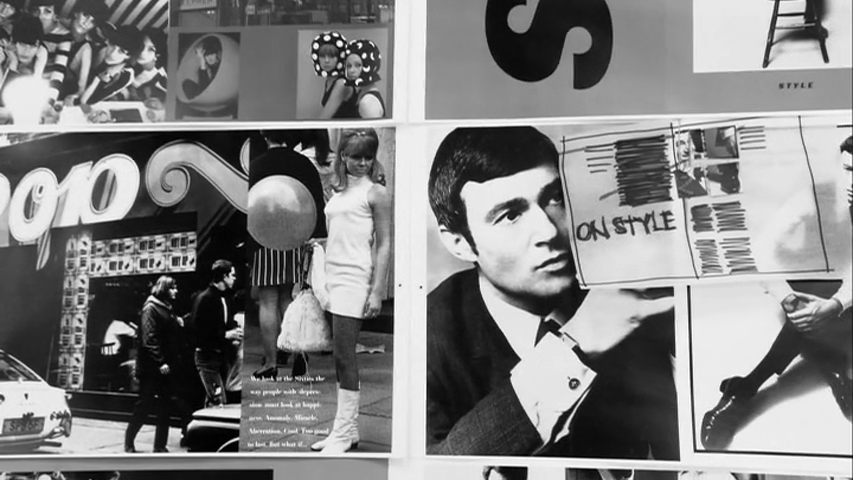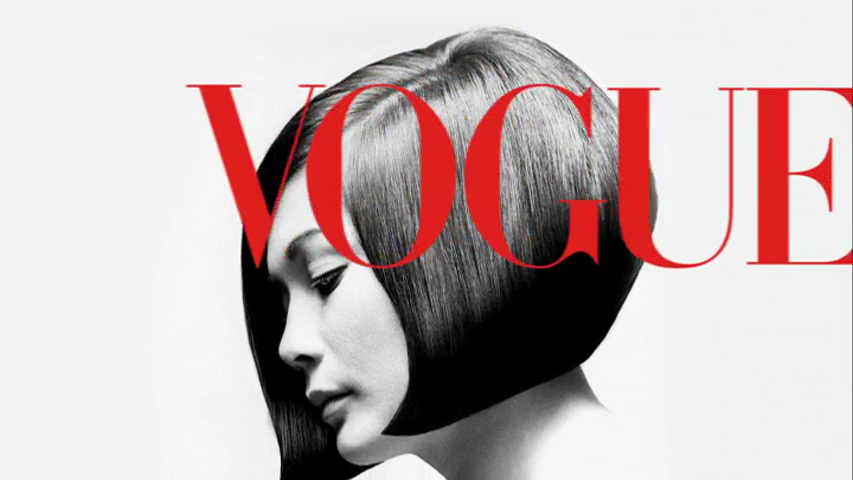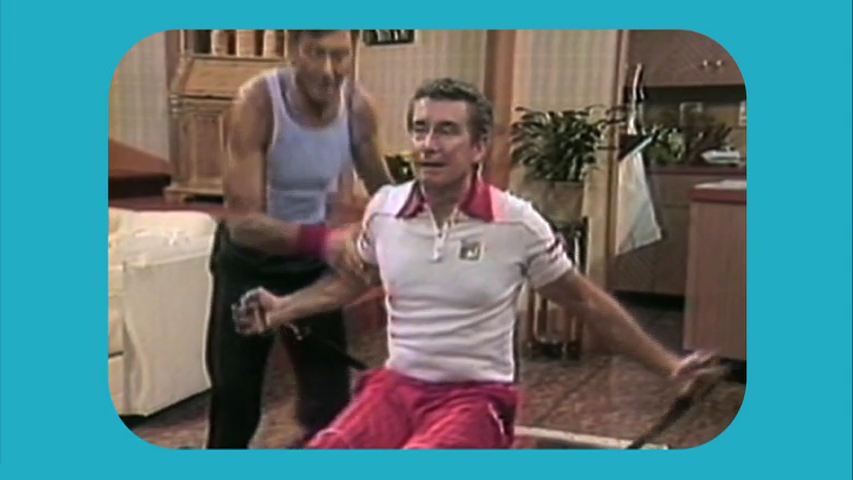BUY FROM AMAZON: CLICK HERE!
STUDIO: Phase 4 Films
MSRP: $19.99
RATED: PG
RUNNING TIME: 93 minutes
SPECIAL FEATURES:
- Audio Commentary
- Vidal the Music Featurette
- Trailer
- Deleted Scenes
- Behind-the Scenes Photo Gallery
- Teasers
The Pitch
The life of Vidal Sassoon is both fascinating and surprising, but his post-prime reinventions and divorces are more interesting than the doc lets on.
The Humans
Vidal Sassoon
The Nutshell
A stylish look at the late hair designer as told by admirers, family, friends, and himself.
The Lowdown
Vidal Sassoon: The Movie begins as any great documentary about a hairdresser should, with a group of soft spoken designers pasting pictures of the famed hairdresser to the wall. The collage, layed out like a fashion magazine, gives a clear look at a man who’s life was almost nothing but high points. It’s glamorous, excessive, painfully minimalist and eerily calm, like fashion magazine. Sassoon’s many successes, of which there are about 10,000, show a man on the move, a man who did everything right, even at points where others would have succumbed to embarrassment. Rightfully so, Vidal Sassoon was a revolutionary hairstylist, fitness guru, and shampoo tycoon.
As the camera pans back, and director Craig Teper gives a better perspective of the layout, things become more clear. Vidal Sassoon wasn’t just a trendsetter. He wasn’t just a designer. He was barely just a man. Vidal Sassoon’s accomplishments put him in a class of humanity’s greatest successes. Coming from nothing, he became a cultural touchstone, who managed to stay relevant throughout his life. And when Teper shows the layout, he gives an outline for his wonderfully structured documentary as well as for the life of an irrepressible go-getter, one who’s failures are mere footnotes on his greatest successes. It’s certainly a great way to live a life, but not necessarily the best way to make a movie.
Like many of us, Vidal Sassoon’s life began in the town of Hammersmith, England. During World War II, he moved into an orphanage, and then began an apprenticeship with hairstylist. From there, his life moved at lightning speed, or, at least, that’s how Teper remembers it, growing personally and professionally. If it feels like I’m breezing through the details, it’s because they’re not in the movie. Sassoon’s early life, the separation from his mother, his life in the orphanage, and the rough times in London, are almost non-existent. As it were, the designer of the 60s revolution comes into being out of thin air.
By the time the 60s rolled around, Sassoon was ready. Having spent an apprenticeship with some of England’s most renowned barbers and a year in Israel, Sassoon set to revolutionize the 60s, cutting hair without regard for his client’s desire, because he knows best. And truth be told, he does. The man’s “five-point cut” and revised “bob” became a hit just about everywhere, utilizing both some architectural theory and some amateur phrenology to give women not necessarily something they wanted, but what Sassoon thought complimented their head shape .
The doc strives to match Sassoon’s feel good vibes and understanding of symmetry and geometry. His rise from the slums of cockney Britain to the height of the world’s fashion industry gives the film most of its plotting, and Teper matches it with some geometrical graphics and modern feel. Like most minimalism and modernism, the film’s look is both inherently cool and unforgivably cold. There’s a distinct absence of Sassoon’s personal life, possibly implying that he didn’t have time for a family, when, in actuality, he had time for about three. His numerous failed romances and the unexpected death of his daughter Catya offer some of the film’s most compelling moments. Even Sassoon’s delving into infomercial celebrity comes off as a real positive experience. The good-vibin’ Sassoon doesn’t show a hint of irony as he moves from trend setter to fitness guru. Not that these are things to be embarrassed about, but they are significantly less hip, and the irony free telling avoids any chance of humor or humanity. Teper hesitates when bringing up these points and, either because of his apparent respect for his subject or at the behest of him, hinders the film because of it.
Unsurprisingly, it’s in these moments, where Sassoon’s hardships come to light, that grab the viewer. Sassoon’s near superhuman intelligence and physical dexterity put him on another plane, and at some points, it seems as if the man was bred to win. Watching the man who succeeded a in nearly every instance cries for some much needed humanity. And yet, that’s why Vidal Sassoon: The Movie feels so imbalanced. Teper obsessively structures and stylizes his film, laying out a clear timeline for us to follow. However, as he moves from one accomplishment and interview to the next, the director never gives much of the real Vidal Sassoon, and in choosing mostly the good bits, he slows things down significantly. An obvious giant of his time, Sassoon deserves his story told, but this one seems more like the one he wants rather than the one he needs.
The Package

"Oh, you want straight bangs? I'm sorry, I didn't realize that I was cutting the hair of a genius hairstylist."
Vidal Sassoon: The Movie comes with a wealth of special features, deleted scenes, featurettes, trailers, etc. The first bunch are just some more unused praising of Vidal. At this point, Teper probably didn’t need drill this point any further.
The featurette is actually pretty interesting. Teper and music supervisor Stephen Gleisman go over the formation of the film’s soundtrack, which features some renowned New York City performers giving insight into their writing. More surprisingly, as Teper breaks down his own choices for the soundtrack, he accidentally gives a lot of his own insight. He devulges into the editing of the film and describes how hard it was editing the sadder points of Vidal’s life into a film that’s “all high points.” Actually, that’s not that surprising.
Rating: 




Out of a Possible 5 Stars
